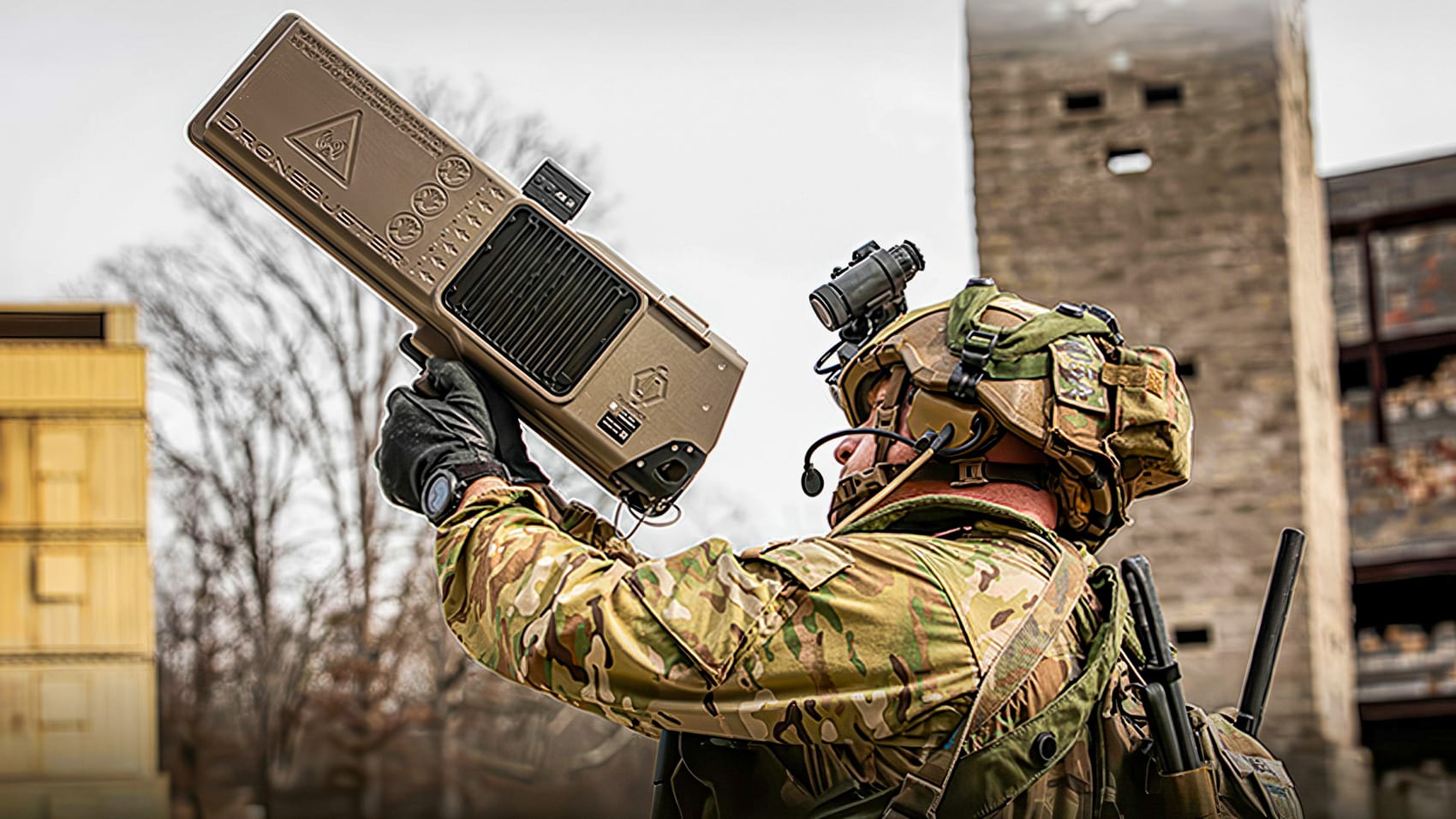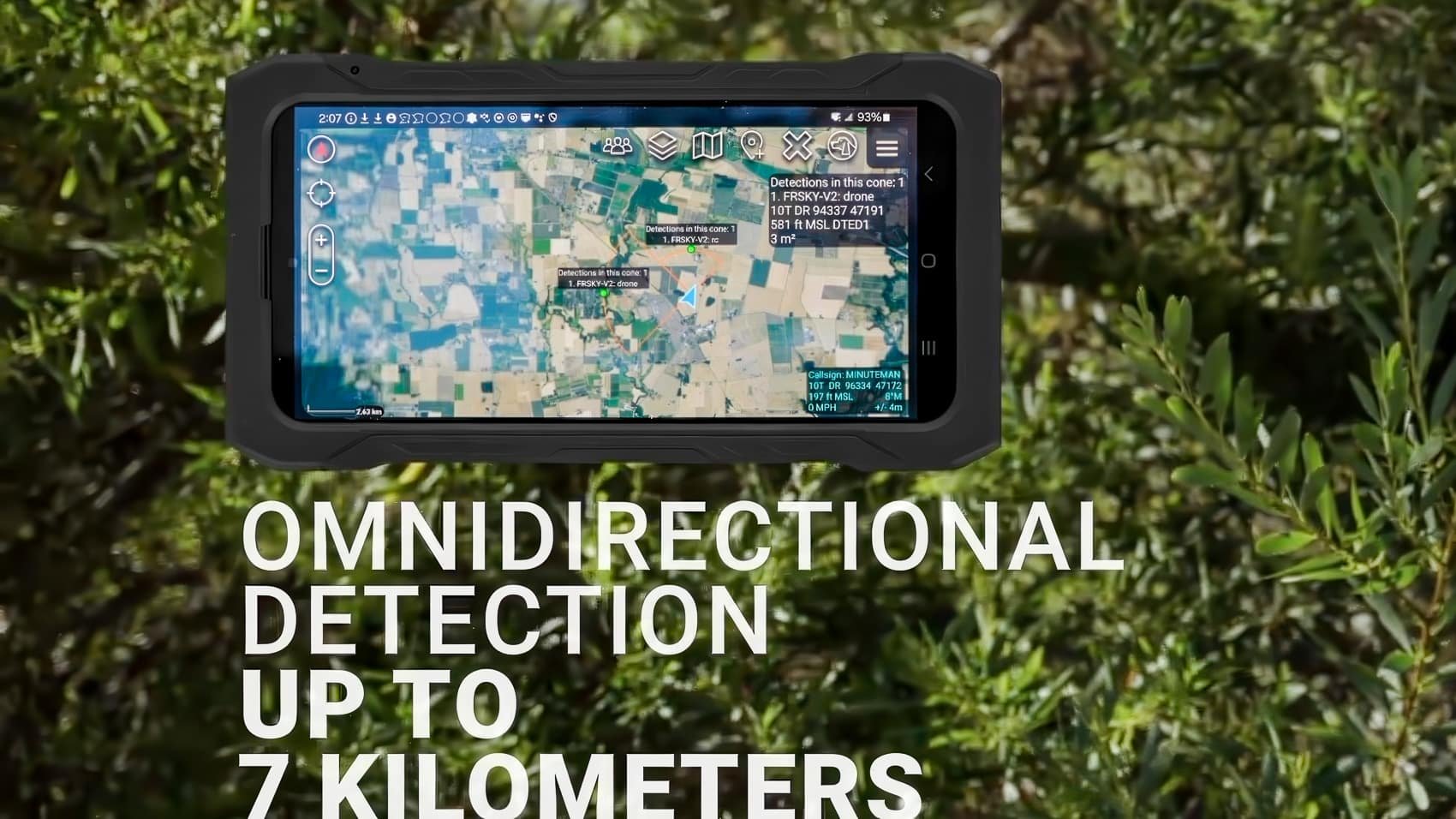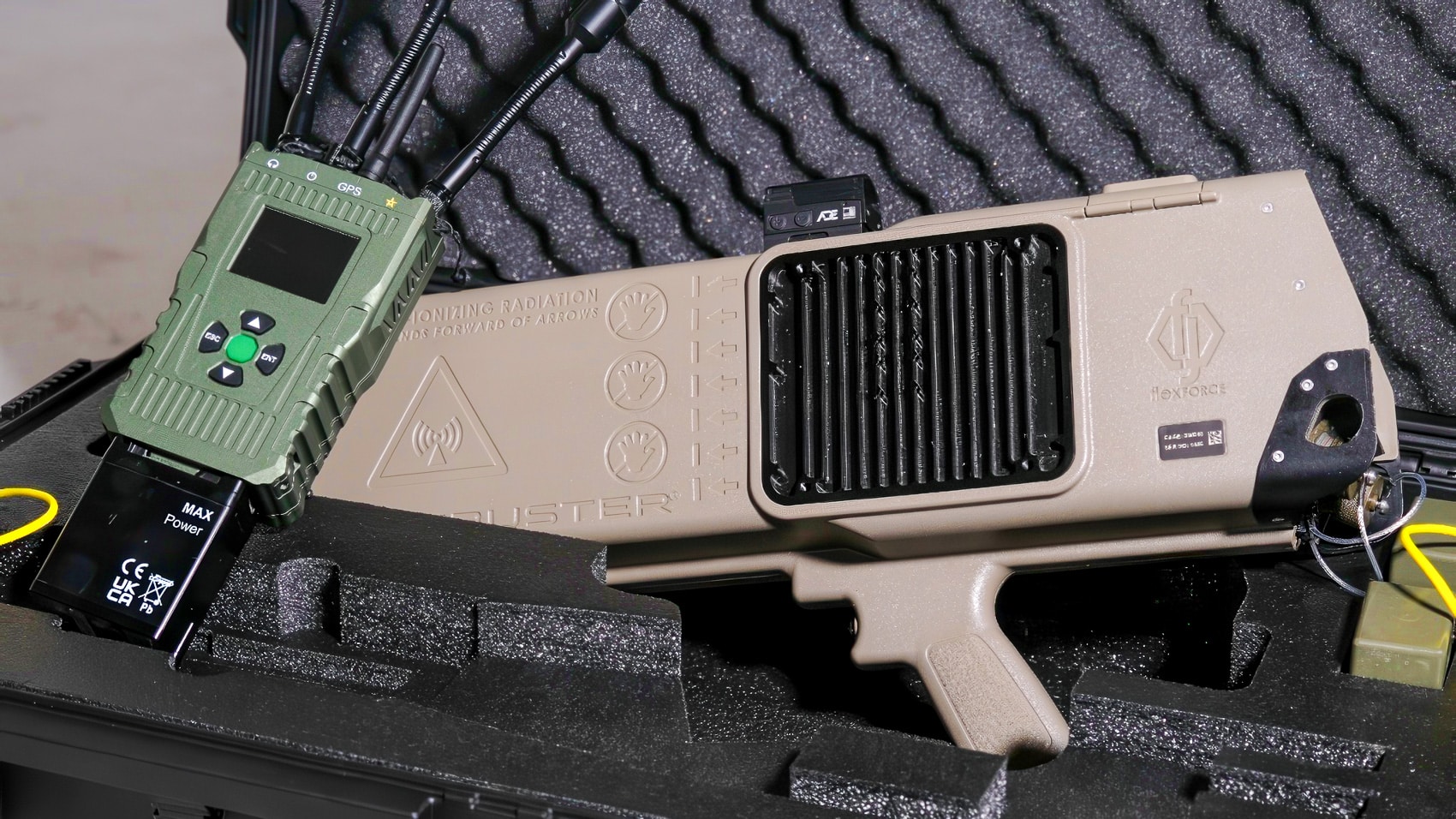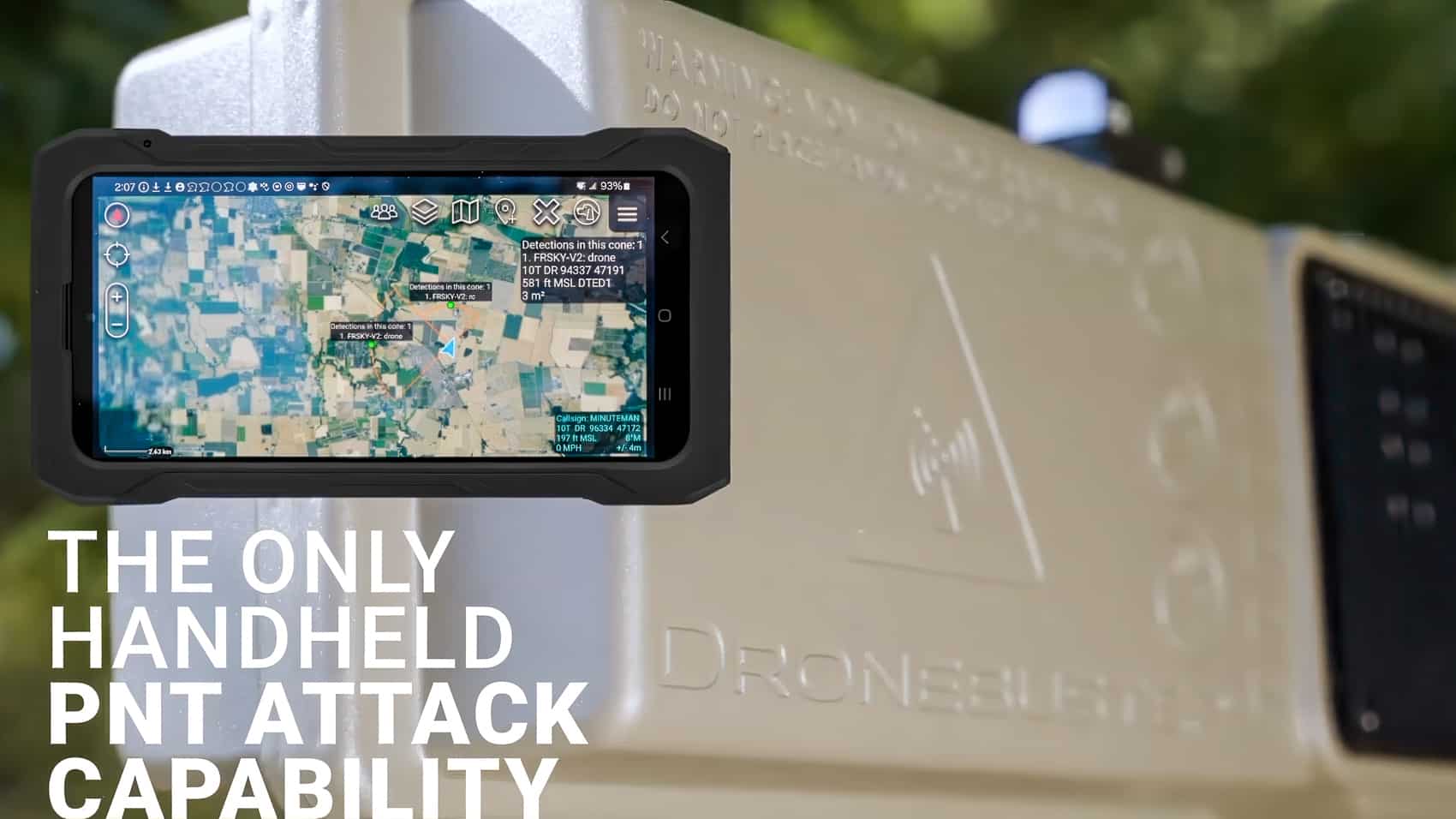For years, the primary methods of combating rogue drones were brute-force tactics: you could either jam their signals with a barrage of radio waves or physically shoot them down. However, innovation is changing the game in counter-drone technology. As reported by The Defense Post, a new device has emerged that is not just about knocking drones out of the sky—it’s about taking control.

The latest innovation from defense tech company DZYNE is the DroneBuster, a counter-drone rifle that represents a groundbreaking shift in how we think about neutralizing aerial threats. Unlike traditional approaches that incapacitate the drone through jamming, the DroneBuster employs a clever strategy: it deceives the drone, effectively hijacking its operation and redirecting it at will.

Why DZYNE’s Approach is More than Jamming
Jamming has long been the go-to tactic for defeating rogue drones. Typically, operators would point high-powered antennas at incoming drones, flooding their communication channels to disrupt their control. While effective, this method can be messy, causing collateral interference with friendly communications and yielding unpredictable results. Drones might suddenly fall or revert to their launch points, complicating the scenario for the operator. This aged approach necessitated a smarter alternative, especially as modern drones come equipped with secure radio links and enhanced navigation systems.

The DroneBuster’s crowning capability lies in its mode called PNT (Position, Navigation, and Timing) Attack, which elevates the art of countermeasures to new heights. Instead of creating noise to drown out real signals, it employs finesse by generating a false, stronger GPS signal that the targeted drone cannot resist. Believing it has locked onto an authentic GPS signal, the drone becomes vulnerable to control.
The Elegant Art of Spoofing
This stage of operation allows the operator to manipulate the drone’s understanding of its location, commanding it to follow a set course that could lead it safely back to a designated landing spot. This operational control could even extend to altering its trajectory—potentially retreating up to 2.4 miles away from the actual surveillance area.
A key advantage to this method is its surgical precision. By avoiding the loud disruptive sounds associated with jamming, operators can neutralize drones without attracting unwanted attention, especially in populated or sensitive urban areas. More importantly, successfully taking control allows for the drone to be captured intact, offering valuable insights into its design and operation.
Why a Hijacker is Better than a Thug
Seizing control of a drone offers substantial advantages over traditional methods. First and foremost, the silent nature of spoofing makes it a cleaner operation. Second, it allows for the safe capture of the drone without causing physical damage. As a result, law enforcement agencies and military operations can gather intelligence from the captured device—a critical asset that could suggest links to its operator or provide crucial tactical data. In contrast, destroying a drone typically means losing access to its intelligence potential.
The DroneXL Take
Observing the evolving landscape of drone technology and the corresponding countermeasures offers a riveting narrative. The DroneBuster’s ability to trick and hijack drones represents a substantial evolution in the drone-defense arms race. As conventional jamming becomes less effective against increasingly sophisticated consumer drones, methods that leverage intelligence and strategy reflect the industry’s forward momentum.

As the battle continues between innovative drone technologies and counter-drone solutions, the stakes rise on both sides. Each advance reinforces the importance of intelligence and sophistication in addressing aerial threats, creating a fascinating, perpetual chess game between technology developers on both ends.
Photographs courtesy of DZYNE

